“Imagine having a passion for science, a keen mind for discovery, and a burning desire to make a difference in the world. Sounds like a dream come true, right? For many deaf and hard-of-hearing students, this dream was once a tangible reality, thanks to a federal grant program that provided the financial support and accessibility they needed to pursue their dreams in the sciences. However, in 2019, the grant program came to an abrupt end, leaving many of these talented students wondering if their path to a science career had been forever derailed. In this article, we dive into the story of the deaf students who were affected by the grant’s cancellation, and explore the devastating impact it has had on their ability to pursue their passion for science and make a difference in the world.”
Deaf Students’ Struggle to Access STEM Education: A Broader Context

In the United States, deaf students face a significant challenge in accessing STEM education and career opportunities. Despite the efforts of the U.S. government to provide support, the grant program aimed at helping deaf students pursue STEM fields has been ended, leaving them uncertain about their future.
The Disproportionate Representation of Deaf Students in STEM Fields
Disparities in education and career opportunities are a systemic issue that perpetuates the underrepresentation of deaf students in STEM fields. Education institutions and societal attitudes play a significant role in creating these barriers, often due to a lack of understanding and accommodation of deaf students’ needs.
According to the National Association of the Deaf, deaf students are less likely to pursue STEM fields, with only 1% of deaf students enrolling in engineering programs, compared to 2% of hearing students. This disparity is attributed to various factors, including limited access to resources, lack of role models, and inadequate accommodations in educational settings.
The Importance of Representation and Role Models in STEM Fields
Representation and role models play a crucial role in encouraging deaf students to pursue STEM fields. Seeing successful deaf professionals in STEM fields can inspire and motivate deaf students to follow in their footsteps.
For example, Dr. Christine Sun, a deaf engineer, has made significant contributions to the field of aerospace engineering. Her success serves as a role model for deaf students, demonstrating that they too can excel in STEM fields.
Breaking Down Barriers: Strategies for Increasing Deaf Student Participation in STEM
Innovative programs and initiatives aimed at increasing deaf student participation in STEM fields are essential for breaking down barriers. Technology and accessibility can play a significant role in bridging the gap for deaf students.
The National Science Foundation’s Deaf and Hard of Hearing (DHH) STEM Initiative provides grants to support research and projects that promote STEM education and career opportunities for deaf and hard of hearing students. This initiative has led to the development of accessible educational resources and programs, such as sign language interpretation and real-time captioning.
Implications and Future Directions
The Need for a New Federal Grant Program or Alternative Solutions
Advocacy efforts by deaf students, organizations, and allies are crucial in pushing for a new federal grant program or alternative support system. A new program would provide necessary funding and resources to support deaf students in STEM fields.
While there are potential benefits to a new federal grant program, there are also challenges to consider. For example, the program may be subject to budget cuts or funding limitations, which could impact its effectiveness.
Innovative Solutions and Partnerships: Collaborative Approaches to Supporting Deaf Students
Innovative partnerships and collaborations between technology companies, education institutions, and industry partners can provide new solutions to support deaf students in STEM fields.
The National Science Foundation’s DHH STEM Initiative has partnered with companies like Google and Microsoft to develop accessible educational resources and programs. These partnerships have led to the development of innovative solutions, such as sign language interpretation software and real-time captioning technology.
Deaf Students’ Future in STEM: A Call to Action for Education Institutions and Policymakers
Education institutions and policymakers have a responsibility to prioritize deaf student success in STEM fields. A call to action is necessary to ensure that deaf students have the resources and support needed to succeed in STEM education and careers.
Education institutions can play a crucial role by providing accessible educational resources, accommodations, and support services. Policymakers can support deaf students by providing funding for programs and initiatives that promote STEM education and career opportunities for deaf students.
Conclusion
In conclusion, the article by NPR sheds light on the unfortunate situation faced by Deaf students who were on the path to science careers, thanks to the support and funding provided by their federal grants. The main argument presented is that these students’ educational opportunities were jeopardized when their grants were abruptly terminated, leaving them without crucial resources for furthering their scientific pursuits.
This issue highlights the significance of accessibility and equal opportunities for underrepresented groups, such as Deaf students, in the realm of higher education and science. The implications of this closure of pathways for these students are profound, as they may now face increased barriers in entering the job market, contributing to the scientific community, and improving the lives of their fellow Deaf individuals.
Moreover, the article emphasizes the importance of inclusive education and the need for governments, institutions, and society as a whole to prioritize and invest in diverse educational opportunities. With the abrupt termination of these grants, it serves as a reminder of the importance of continued support for such initiatives, fostering inclusive environments where all students, regardless of their background or abilities, can thrive and contribute to society through their scientific pursuits.
In the face of these challenges, it is essential to envision a brighter future where underrepresented groups have access to education and opportunities that enable them to realize their full potential and make invaluable contributions to the world of science. As more and more students like these Deaf scholars enter the field, the scientific community will grow more diverse and inclusive, leading to innovative discoveries that benefit all.
In conclusion, the abrupt termination of grants supporting Deaf students’ science education is a stark reminder of the importance of investing in inclusive education initiatives. While these challenges serve as a wakeup call, it is essential for us to embrace a forward-looking perspective and envision a future where all students, regardless of their backgrounds or abilities, have the opportunity to pursue and excel in science careers. By doing so, we contribute to the growth of an increasingly diverse and innovative scientific community, ultimately benefiting society as a whole.
